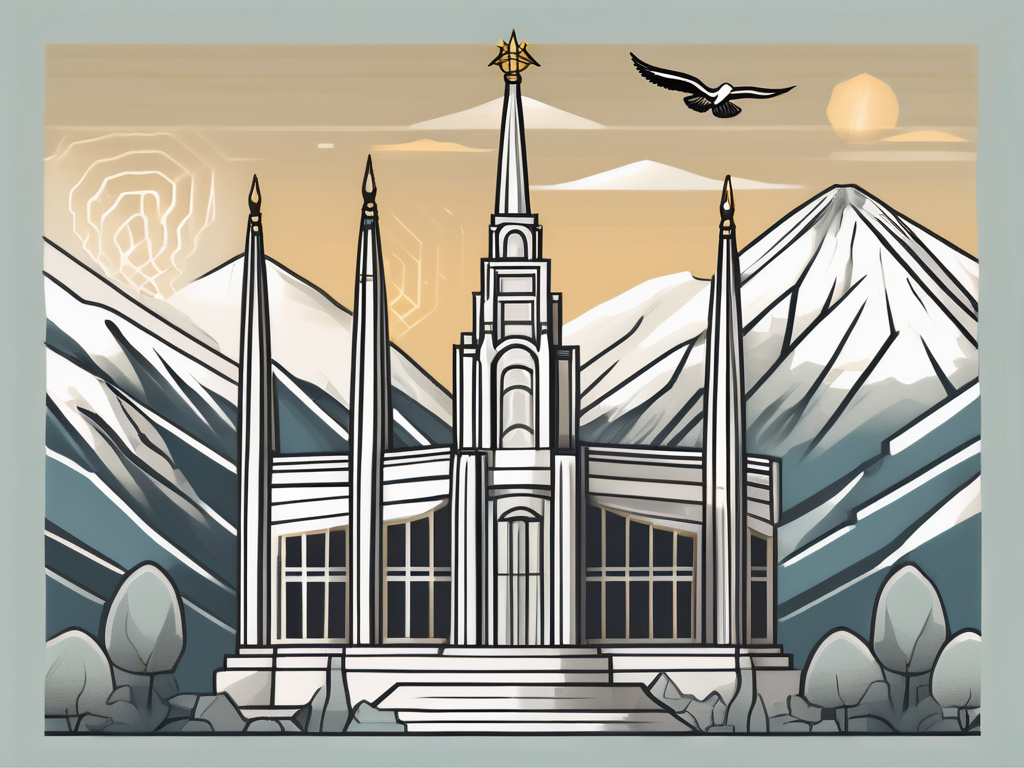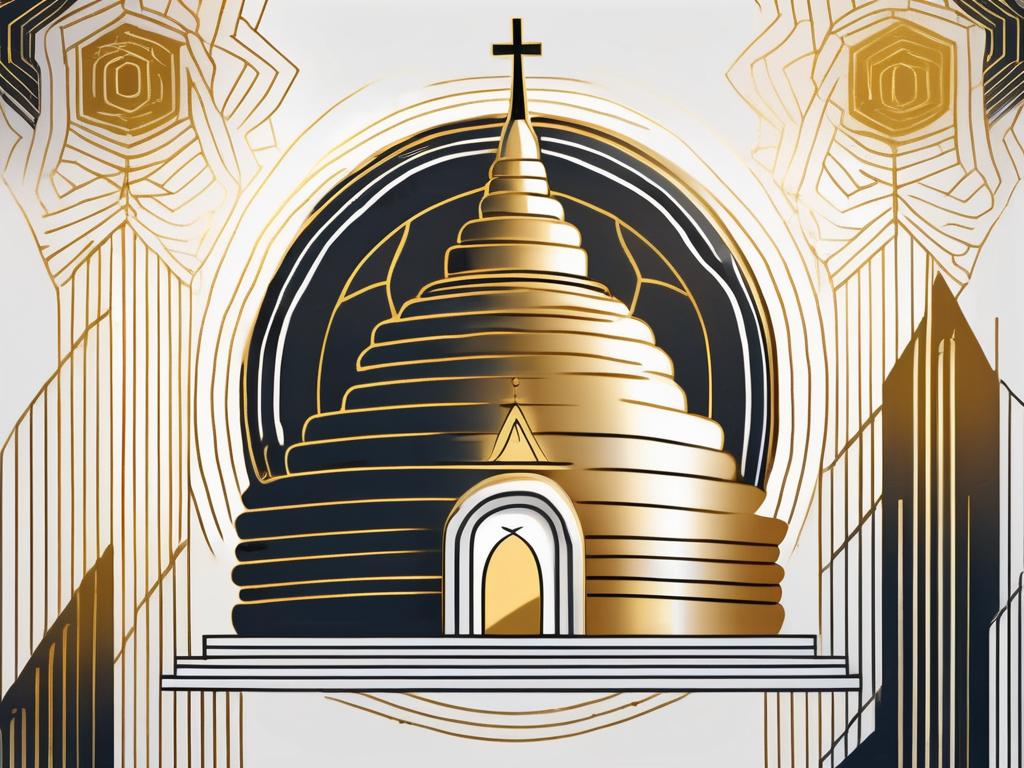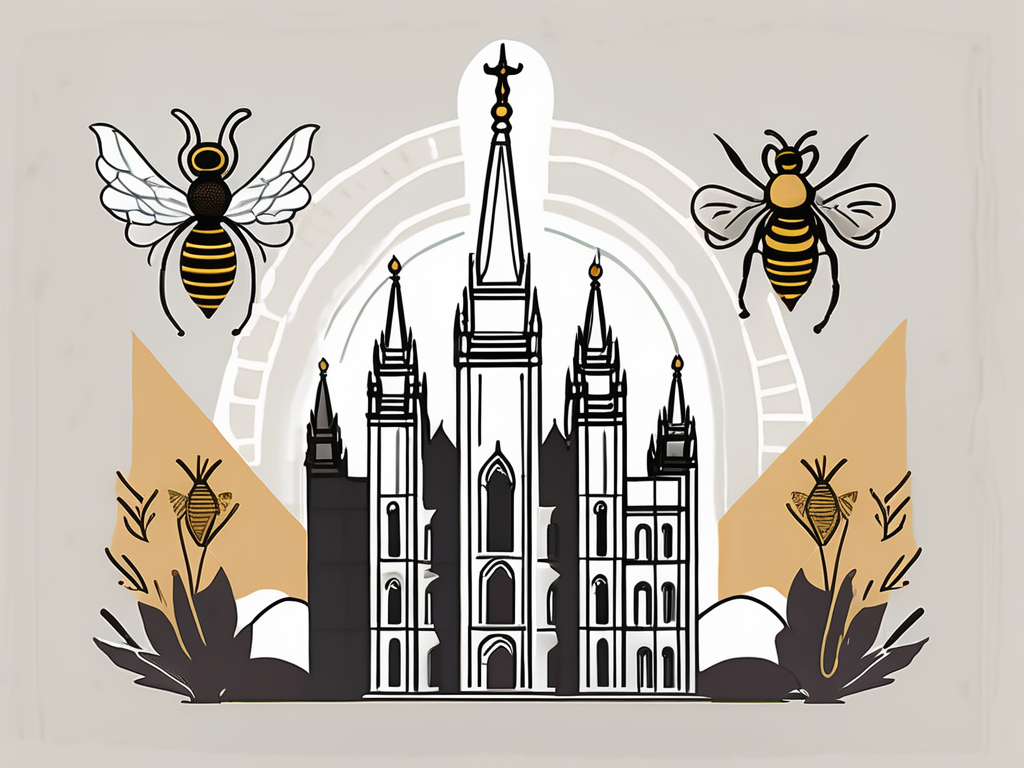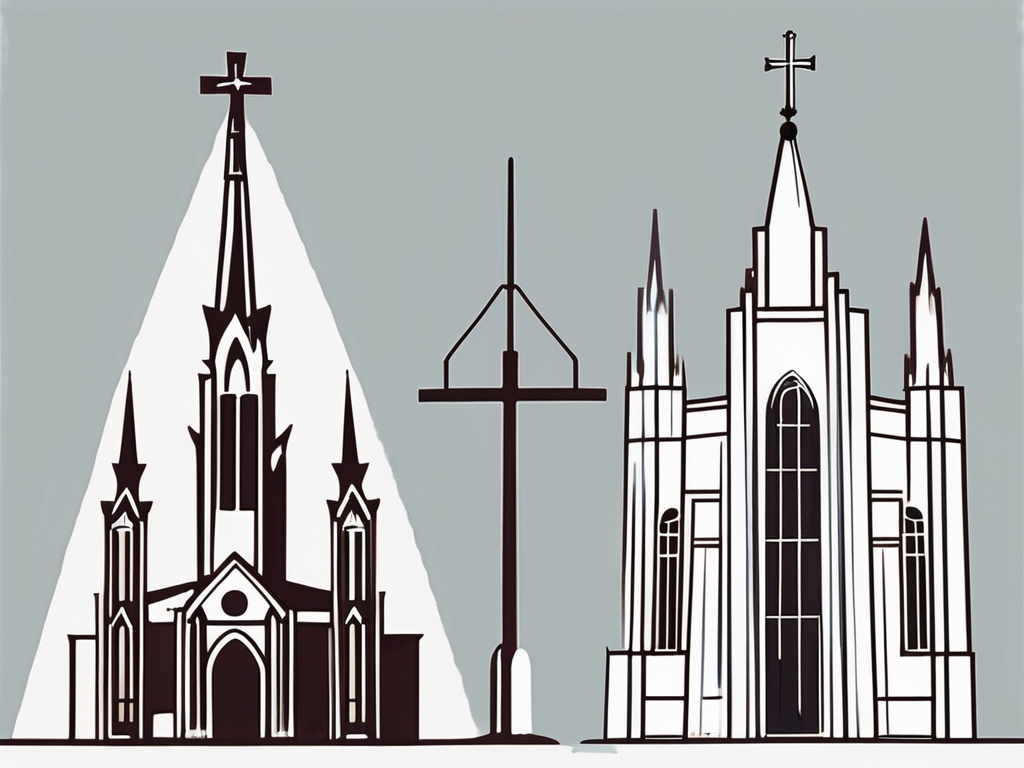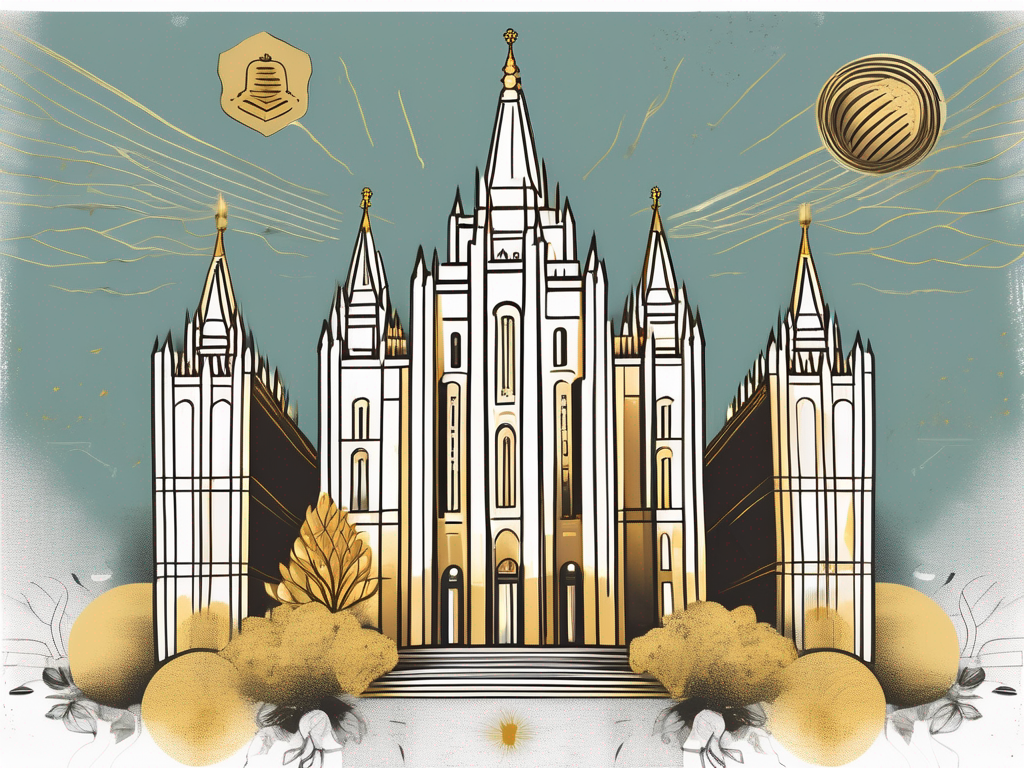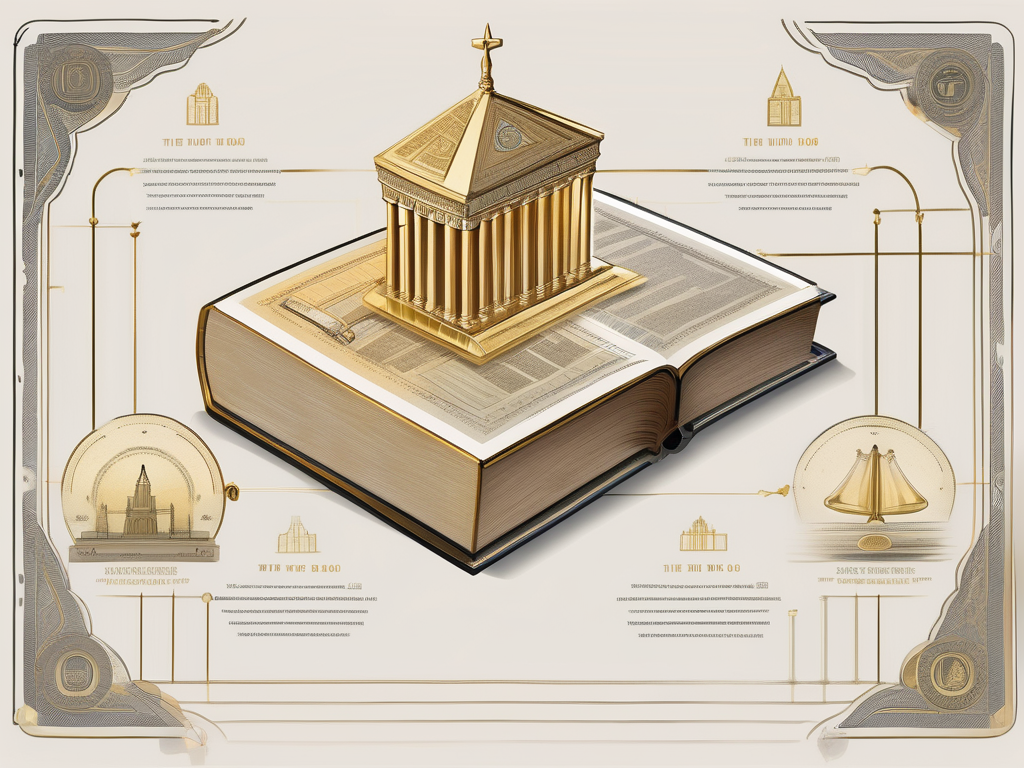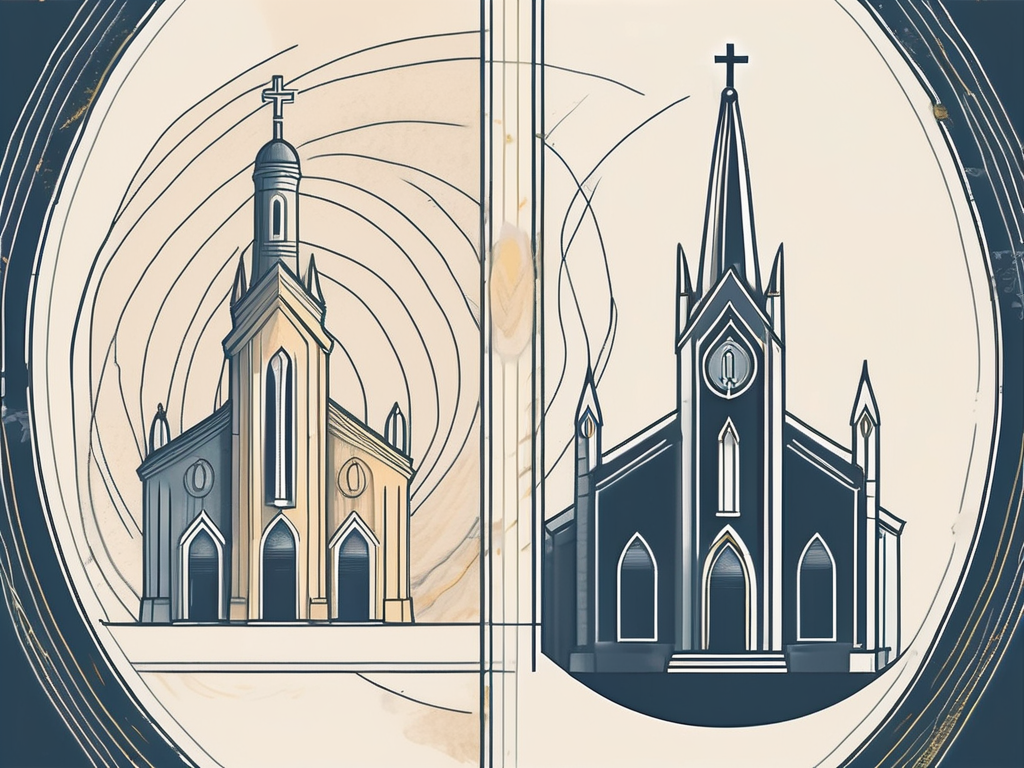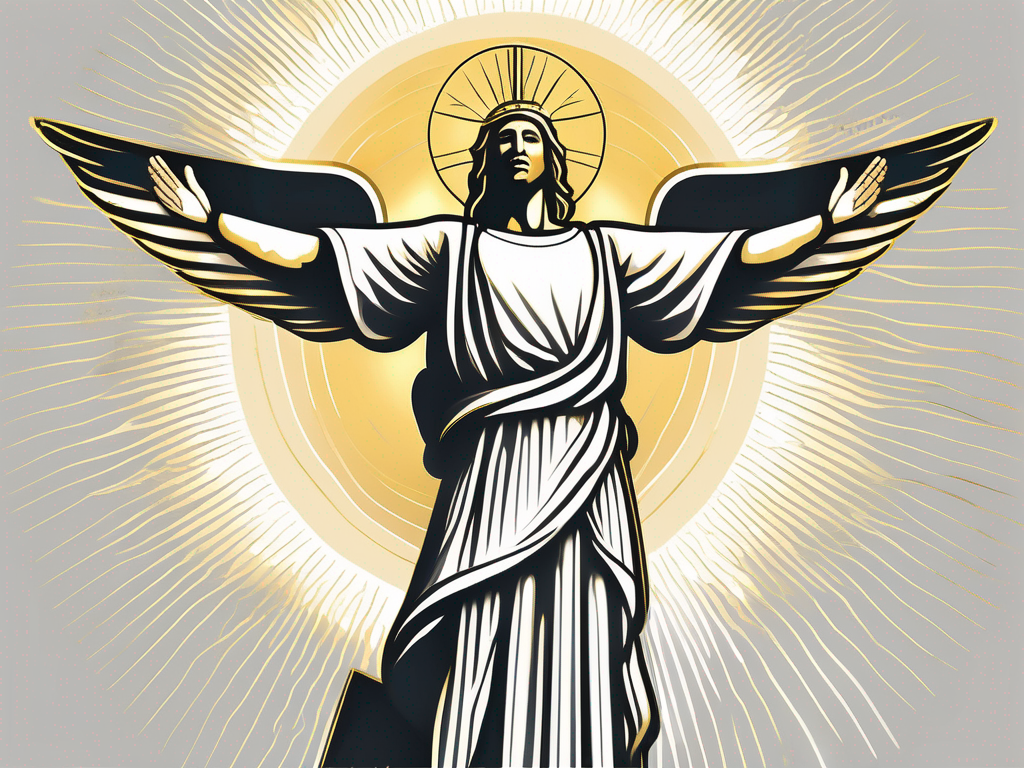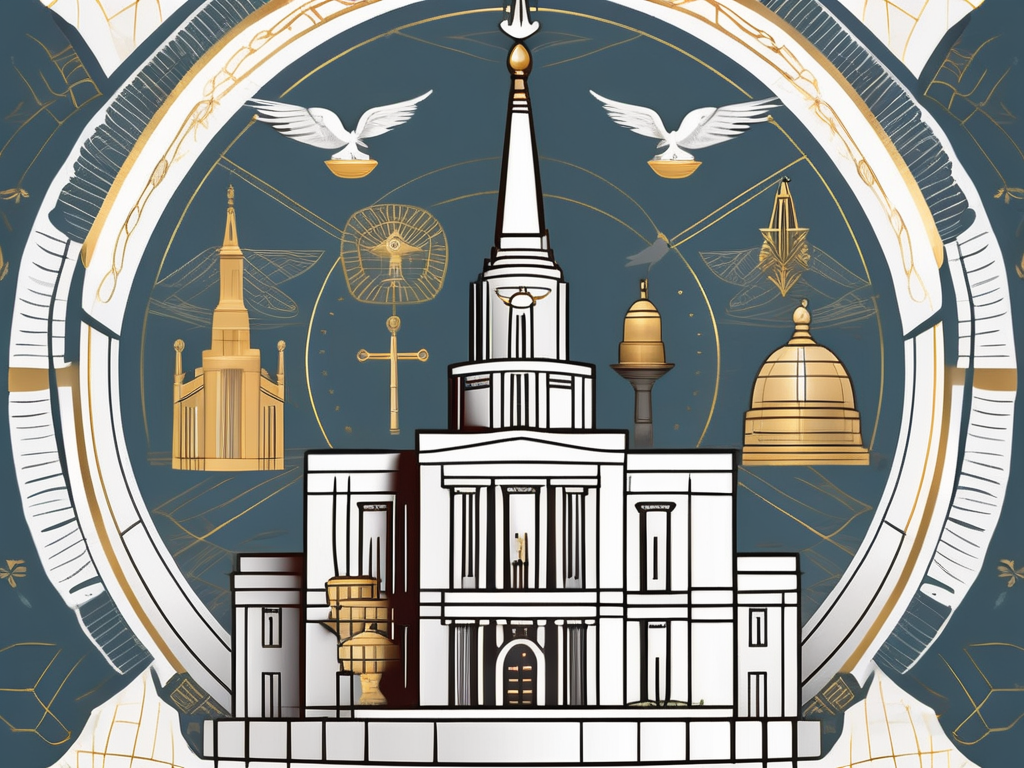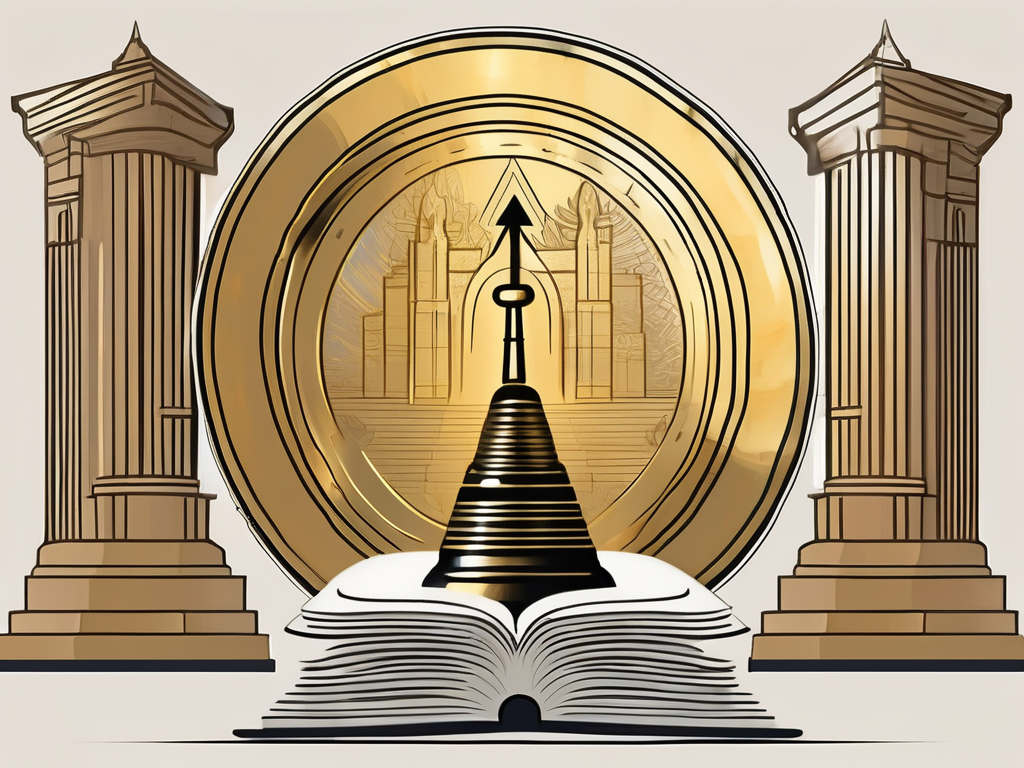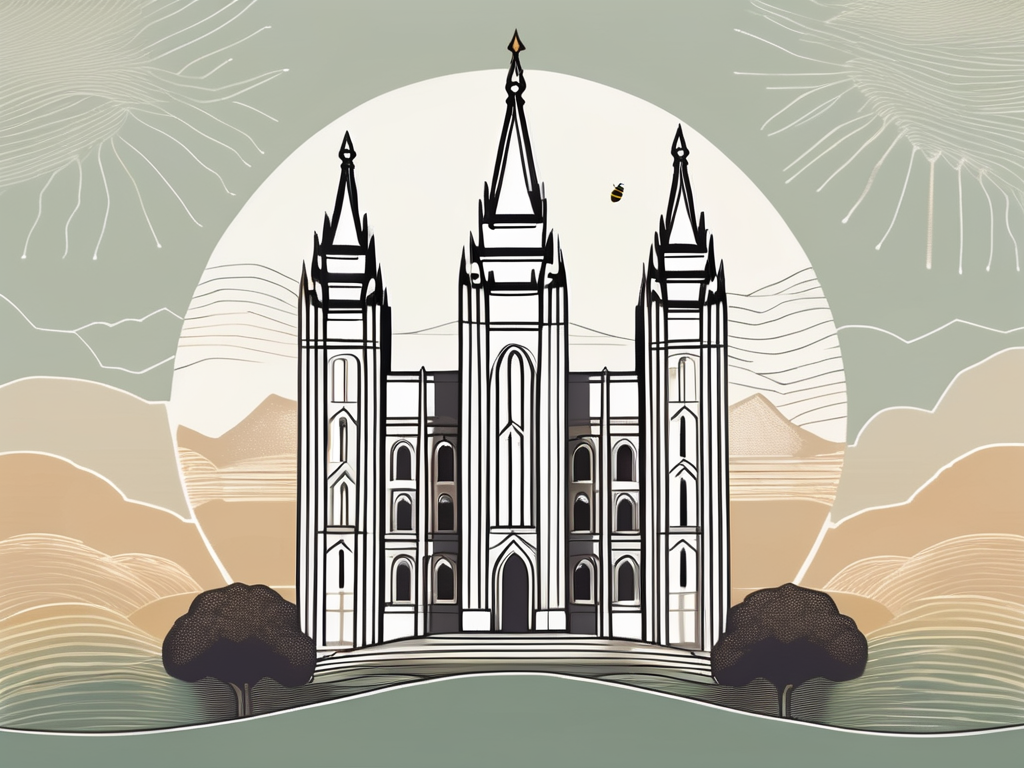In this article, we will dive deep into the fascinating world of the Mormon religion. Whether you’re curious about the basics, the structure of the Mormon Church, their rituals and ceremonies, or their unique lifestyle, we’ve got you covered. So, grab a cup of tea and let’s explore this intriguing faith together.
Understanding the Basics of Mormonism
Mormonism, officially known as The Church of Jesus Christ of Latter-day Saints, has a rich history and unique beliefs that set it apart from other Christian denominations. Let’s start by delving into the origin and history of Mormonism.
The Origin and History of Mormonism
The Mormon religion traces its roots back to the early 19th century in upstate New York, where Joseph Smith, the church’s founder, claimed to have a divine encounter with God and Jesus Christ. Smith was guided to unearth ancient scriptures, which he translated as the Book of Mormon.
This divine encounter and the subsequent translation of the Book of Mormon marked the beginning of a new religious movement that would face both adversity and growth. Joseph Smith and his followers faced persecution and hostility from those who did not understand or accept their beliefs. Despite the challenges, the Mormon Church persevered and eventually found a new home in what is now Utah.
Under the leadership of Brigham Young, the Mormons embarked on a treacherous journey known as the Mormon Pioneer Trail, seeking a place where they could freely practice their faith without fear of persecution. This migration westward was a testament to the unwavering dedication and resilience of the early Mormon pioneers.
Upon arriving in the Salt Lake Valley, the Mormons established a thriving community, transforming the desert landscape into a prosperous and vibrant city. They built homes, cultivated the land, and constructed impressive structures, including the iconic Salt Lake Temple. The legacy of their hard work and determination can still be seen today in the city of Salt Lake City.
Over time, the Mormon Church grew and spread its influence around the world, gaining millions of followers who embraced its teachings and principles. Today, Mormonism is a global religion with members in various countries, each contributing to the diverse tapestry of the faith.
Core Beliefs and Practices
At the heart of Mormonism are its core beliefs and practices. Mormons believe in a loving Heavenly Father and Jesus Christ as the savior of humanity. They hold the Bible and the Book of Mormon as sacred texts and consider them both to be essential for spiritual guidance.
Mormons place a strong emphasis on the importance of family. They believe that families can be together forever and that the family unit is central to God’s plan. This belief is reflected in their dedication to strong family values and the emphasis they place on nurturing and supporting one another.
In addition to their faith in Christ, Mormons strive to live virtuous and moral lives. They believe in the principles of honesty, integrity, and compassion. These values are not only taught but also actively practiced within the Mormon community.
Mormons also adhere to a strict code of health and dietary practices known as the Word of Wisdom. This code encourages abstaining from harmful substances such as alcohol, tobacco, and drugs, while promoting healthy habits such as proper nutrition and exercise.
The Book of Mormon: An Overview
One of the central aspects of the Mormon faith is the Book of Mormon. Written as a companion to the Bible, it details the religious history of ancient civilizations in the Americas and their interactions with God. The Book of Mormon serves as an additional testament of Jesus Christ and his teachings.
Within the pages of the Book of Mormon, readers encounter stories of faith, courage, and redemption. It provides insights into the teachings of Jesus Christ and offers guidance for navigating the challenges of life. Mormons believe that by studying and applying the principles found in the Book of Mormon, individuals can draw closer to God and find meaning and purpose in their lives.
As a sacred text, the Book of Mormon holds a special place in the hearts of Mormons. It is often read alongside the Bible during worship services and is a source of inspiration and guidance for individuals seeking spiritual enlightenment.
In conclusion, Mormonism is a religion with a rich history, unique beliefs, and a strong sense of community. From its humble beginnings in upstate New York to its global presence today, Mormonism continues to shape the lives of millions of individuals around the world, offering a path of faith, hope, and love.
The Structure of the Mormon Church
Now that we have a grasp of the basics, let’s delve into the structure of the Mormon Church and its unique organization.
The Mormon Church, officially known as The Church of Jesus Christ of Latter-day Saints (LDS Church), has a well-defined structure that plays a crucial role in its worldwide operations. This structure ensures efficient administration and support at both the local and global levels, allowing the church to effectively carry out its mission.
The Role of the Prophet
At the helm of the Mormon Church is a prophet, whom Mormons believe receives direct revelations from God. This prophet serves as a spiritual leader and guides the church’s direction globally. Currently, the prophet is Russell M. Nelson, who works alongside twelve apostles.
The prophet’s role is not only to provide spiritual guidance but also to receive divine instructions for the church. These revelations are considered binding for all members of the church and are believed to be in line with God’s will.
The Hierarchical Organization
The Mormon Church is structured hierarchically, with a clear chain of command that facilitates the smooth functioning of the organization. At the local level, the church is divided into congregations called “wards.” Each ward is led by a bishop, who is responsible for overseeing the spiritual and temporal affairs of the congregation.
On a larger scale, multiple wards are grouped together to form a “stake.” A stake is led by a stake president, who oversees the spiritual welfare of the members within the stake’s boundaries. The stake president works closely with the bishops of the wards in his stake to ensure the well-being of the entire stake community.
This hierarchical structure allows for effective communication, coordination, and support between the local congregations and the broader church organization. It ensures that the needs of individual members are met while maintaining a sense of unity and common purpose.
Local Congregations and Temples
Mormon worship takes place in local congregations, where members gather for Sunday services, scripture study, and community support. These congregations provide a nurturing environment for spiritual growth and fellowship.
In addition to the local congregations, the Mormon Church has built beautiful temples around the world. These temples are distinct from the meetinghouses where regular worship services are held. Temples are considered sacred and are reserved for special ordinances and ceremonies.
Within the temples, Mormons participate in sacred rituals such as baptism for the dead, eternal marriages, and other ordinances that are believed to unite families for eternity. These temples are seen as a place where individuals can draw closer to God and receive spiritual blessings.
The construction and maintenance of temples require significant resources and dedication from the church and its members. Temples are seen as a physical manifestation of the Mormon faith and serve as a reminder of the eternal nature of God’s plan.
In conclusion, the structure of the Mormon Church is designed to provide spiritual leadership, organizational efficiency, and support for its members. From the prophet at the top to the local congregations and temples, every aspect of the church’s structure plays a vital role in fulfilling its mission to bring individuals closer to God and strengthen families.
Mormon Rituals and Ceremonies
Now, let’s explore the fascinating rituals and ceremonies that hold particular significance in the Mormon faith.
The Mormon faith is rich in rituals and ceremonies that play a vital role in the spiritual journey of its members. These sacred practices are deeply rooted in the beliefs and teachings of The Church of Jesus Christ of Latter-day Saints, commonly known as the Mormon Church. Let’s delve into some of the most significant rituals and ceremonies in Mormonism.
Baptism and Confirmation
Baptism is a pivotal moment in the life of a Mormon, symbolizing their commitment to following Christ. It involves immersion in water by priesthood authority. This sacred ordinance represents a cleansing of sins and a rebirth into a new life dedicated to living according to the teachings of Jesus Christ.
After baptism, individuals participate in a confirmation ceremony where they receive the gift of the Holy Ghost. This ceremony involves the laying on of hands by authorized priesthood holders, who confer the Holy Ghost upon the newly baptized member. The Holy Ghost is believed to be a constant companion and guide, providing comfort, inspiration, and revelation.
Through baptism and confirmation, Mormons believe they become members of the Church and are spiritually connected to God and their fellow believers.
The Sacrament
The sacrament, similar to communion in other Christian denominations, is a sacred weekly ordinance in Mormon worship. Members partake of bread and water, symbolizing Christ’s body and blood, to remember his sacrifice and renew their personal commitment to living a Christ-like life.
During the sacrament, priesthood holders bless and administer the bread and water to the congregation. As members partake, they reflect on their own lives, repent of any shortcomings, and recommit themselves to following the teachings of Jesus Christ. It is a solemn and introspective moment, allowing individuals to seek forgiveness, find spiritual strength, and renew their covenants with God.
The sacrament is a unifying experience for Mormons, as they come together as a community to remember and honor their Savior’s sacrifice.
Temple Endowment and Sealing
Mormons hold temple rituals called the endowment, which involves instruction, covenants, and symbolic actions. These rituals provide guidance and prepare individuals for the highest blessings of heaven. The endowment is seen as a personal journey of spiritual growth and enlightenment.
During the temple endowment, participants learn about the creation of the world, the purpose of mortal life, and the eternal nature of the soul. They make sacred covenants with God, promising to live according to His commandments and to serve others. Symbolic actions, such as washing and anointing, represent purification and consecration.
Additionally, Mormons believe in the sealing ordinance, which binds families together for eternity. In this sacred ceremony, couples are married and sealed in the temple, ensuring that their marital bond extends beyond mortality and into the eternities. This sealing also extends to children born into the family, creating an eternal family unit.
The temple endowment and sealing ceremonies hold great significance for Mormons, as they strengthen their relationship with God, deepen their understanding of the plan of salvation, and provide a sense of eternal purpose and unity within families.
These rituals and ceremonies are not only important milestones in the lives of individual Mormons but also serve as a source of spiritual nourishment, guidance, and connection within the Mormon community. They provide a framework for personal growth, strengthen family ties, and deepen the relationship with God. Through these sacred practices, Mormons find solace, inspiration, and a sense of belonging in their faith.
The Mormon Lifestyle
Now that we’ve explored the core beliefs and structure of the Mormon Church, let’s take a closer look at the Mormon lifestyle.
The Importance of Family
Family holds a central place in Mormon life. Mormons believe in eternal families, where relationships transcend mortal life. They prioritize spending quality time together, nurturing strong family bonds, and striving for a harmonious and loving home environment.
Health Code: The Word of Wisdom
The Word of Wisdom is a health code that Mormons follow, which includes abstaining from alcohol, tobacco, coffee, and tea. Mormons believe that following these principles promotes physical and spiritual well-being, enabling them to lead healthy and fulfilling lives.
Missionary Work
Mormons are known for their missionary efforts, where young men and women serve as full-time missionaries around the world. These missionaries share the message of their faith, inviting others to learn about Mormonism and make their own informed decisions. Missionary service is seen as a way to spread love and help others find spiritual truth.
Conclusion
Phew! We’ve covered a lot in this in-depth exploration of the Mormon religion. We’ve learned about the fascinating history, belief system, and rituals of this unique faith. We’ve also gained insights into the structure of the Mormon Church and the rich and fulfilling lifestyle of its followers.
Remember, this article only scratches the surface of this complex and captivating religion. If you’re intrigued and eager to learn more, there are ample resources available that delve even deeper into Mormonism’s traditions, doctrines, and the experiences of its members. So, keep exploring and expanding your knowledge!
